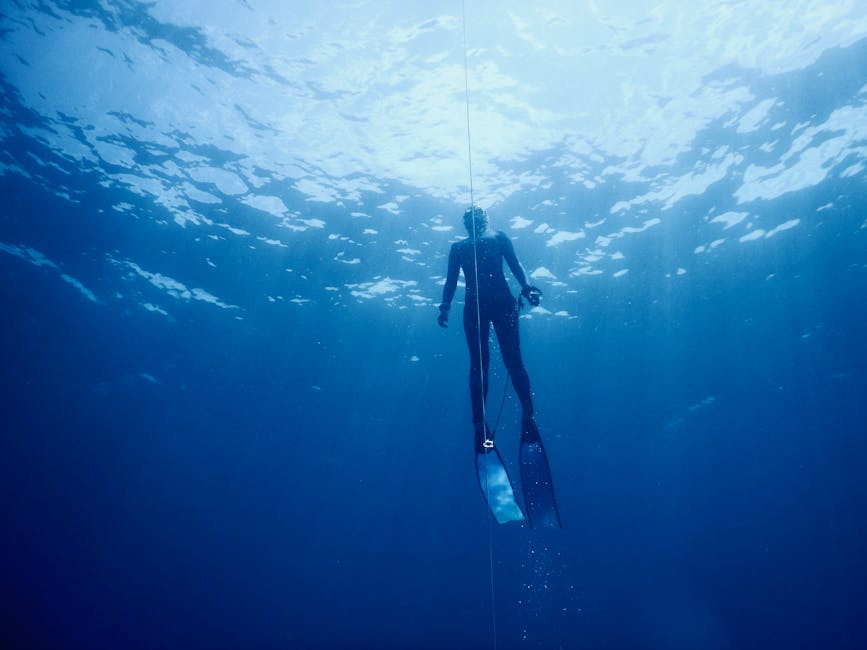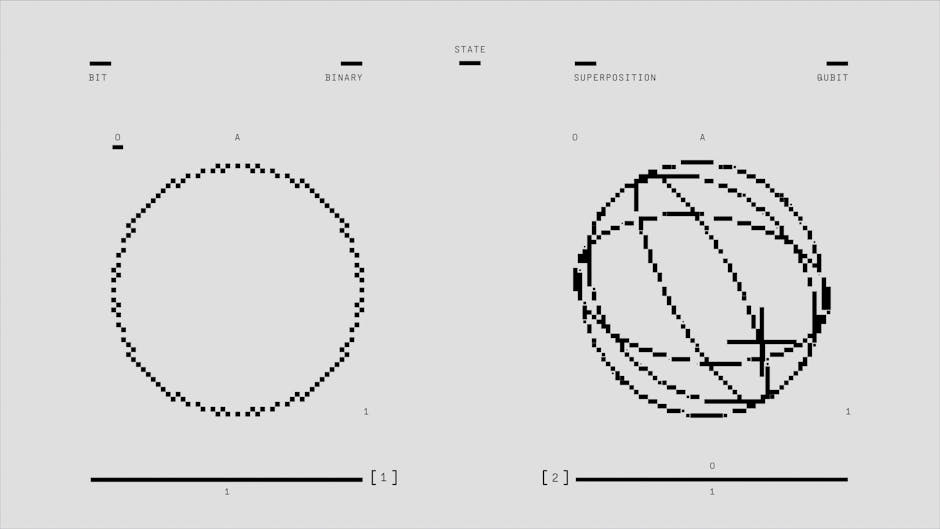The Majestic Navigation of Manta Rays
If you’ve ever marveled at a video of a Manta Ray, you’ve likely been captivated by its silent, majestic grace. These gentle giants, often called the “eagles of the sea,” glide through the ocean with an elegance that seems almost otherworldly. For years, we’ve admired their beauty and intelligence, but a fundamental question has puzzled scientists: in the vast, seemingly featureless blue of the open ocean, how do they know where they’re going?
The Groundbreaking Discovery
A groundbreaking new study reveals that Manta Rays may be equipped with a navigation system far more sophisticated than we ever imagined—a biological, built-in GPS that relies on the Earth’s magnetic field. And the most incredible part? To get a clear signal, they perform astonishingly deep dives into the crushing darkness of the abyss.
Magnetoreception: A Natural Superpower
Scientists have long known that many animals, from migratory birds to sea turtles, use magnetoreception—the ability to sense magnetic fields—as an internal compass to guide their long journeys. The new research, which involved tagging and tracking oceanic Manta Rays, suggests they are among the most advanced users of this natural superpower.
The Mystery of the Deep Dives
The data revealed a fascinating pattern. As the rays embarked on long-distance travels, sometimes covering thousands of kilometers, they would periodically interrupt their journey to perform breathtakingly deep dives. These weren’t shallow dips for a quick snack; the rays were plunging to depths of nearly 2,000 meters (over 6,500 feet!). Down in the pitch-black, high-pressure “midnight zone” of the ocean, they weren’t feeding or fleeing predators. So, what were they doing?
Calibrating Their Internal GPS
Researchers believe they were calibrating their internal GPS. The Earth’s magnetic field, while present everywhere, can be “noisy” near the surface. It’s subtly distorted by oceanic currents, temperature changes, and even geological features on the seafloor. For a creature relying on this field for precise navigation, these distortions are like static on a radio.
By diving to extreme depths, Manta Rays enter a much more stable environment. Far below the surface chaos, the magnetic field is cleaner, more consistent, and easier to read. The theory is that the rays use these deep dives to get an accurate “fix” on their position, much like a sailor uses a sextant to get a clear reading from the stars. Once they have their precise coordinates locked in, they can ascend and continue their journey with renewed confidence. The V-shaped dive profiles seen in the tracking data support this—a purposeful plunge for information, not for food.
A New Understanding of Manta Rays
This discovery fundamentally changes our understanding of these magnificent creatures. They aren’t just aimlessly wandering the oceans in search of plankton-rich waters. They are methodical, deliberate navigators undertaking epic, planned migrations. Their world is not a featureless blue void but an invisible landscape of magnetic lines that they can read and follow.
The Hidden Lives of Marine Animals
This revelation underscores how much we still have to learn about the hidden lives of marine animals. In the silent depths of our planet’s oceans, creatures like the Manta Ray are using senses we can barely comprehend to perform feats of navigation that rival our own technological achievements. The next time you see one of these gentle giants gliding by, remember that you’re not just looking at a beautiful fish. You’re witnessing a master navigator, consulting an ancient map written into the very fabric of our world.




